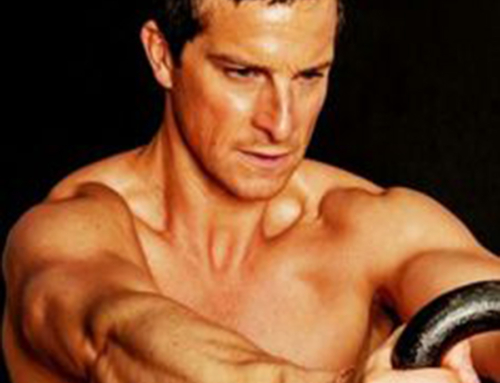This week, around 50000 runners will take part in the London Marathon, and among the official partners is Lucozade Sport, the sister brand to Lucozade Energy. This sponsorship is an opportunity not only for sampling to 50000 runners at peak fitness, but more importantly for reinforcing the association of the Lucozade brand with health and fitness. It gives us consumers permission to enjoy the brand as a ‘better for you’ choice, fuelling an active lifestyle; it moves the brand into a healthier category.
In reality, consumers often see sports drinks as a subset of the broader energy drink category, and energy drinks tend to be seen seen as ‘baddies’: unhealthy, full of sugar and caffeine, and at worst giving you the jitters. This is the conundrum at the heart of the energy drink category: is an energy drink a ‘goodie’ or a ’baddie’?
We marketers like to say that energy is the new currency for today’s demanding life. Consumers are more tired, more stressed, more stretched…. We want to be awake and focussed for longer, whether we are gaming, working a night shift, sitting at our PC or waking up after a late night. No wonder that we love our energy drinks. But we would like them to be ‘good’ too, as long as they keep working to deliver us energy.
In the US, the largest global market for energy drinks, the category is buoyant, and the ‘good’, healthier end is expanding fast. It’s easy to find low sugar or keto variants, ‘cleaner’ labels, more ‘natural’ or ‘plant-based’ energy ingredients such as cacao, mushrooms and vitamins, blends for mental as well as physical health, sports performance brands moving into mainstream energy with protein drinks….But at the same time, the ‘naughtier’ part of the category is also in growth, with Monster just launching its Beast Unleashed 6% alcoholic energy drink, Hard Mountain Dew appearing in the hard seltzer market, whilst in India, Budweiser Beats entered the energy drink category in 2021. The global energy drink market is fragmented, and the battle of ‘good’ vs ‘bad’ will continue.
Perhaps we can draw an analogy with the breakfast cereal category: having been tarnished with being full of sugar and ‘empty calories’ in the eighties, the traditional cereal brands embraced health messages (think Nestlé and its green ‘wholegrain’ stripe on the pack) and more ‘natural’ brands such as Jordan’s or Quaker became market leaders. And today, the cereal category overall is still seen as a healthier choice.
So as energy drinks become more of a UK household staple, they may well lose their ‘bad boy’ image and in the longer term, the winning energy drink brands may be the ‘goodies’, those that offer consumers more natural and nutritionally balanced energy, that empower consumers to take control of their energy intake, but in a way that tastes good and feels good. Brands like C4, with its sports nutrition heritage, or Purdey’s, with its range of botanical energy drinks.
In the energy drink market, the race to win really is a marathon and not a sprint.

